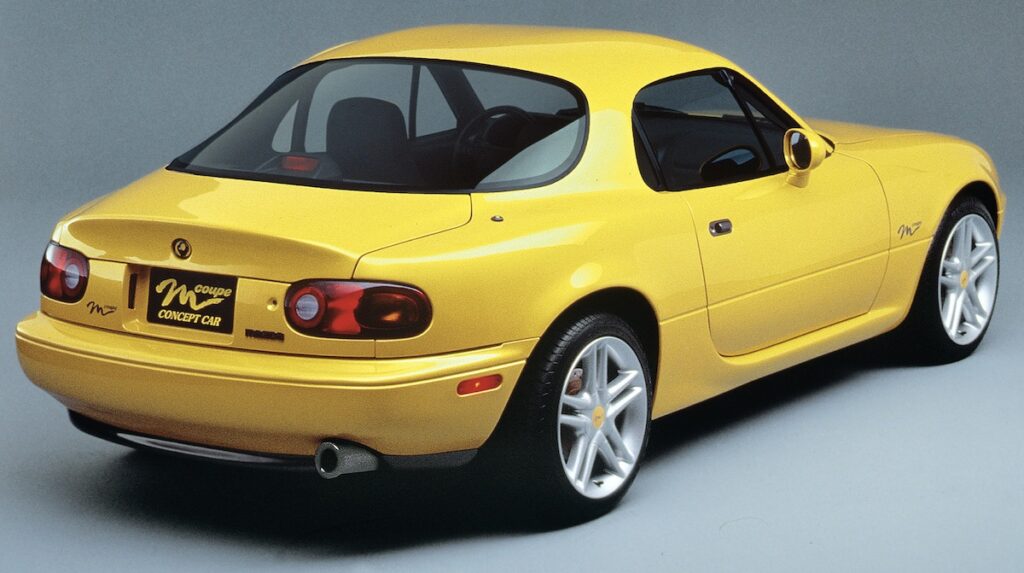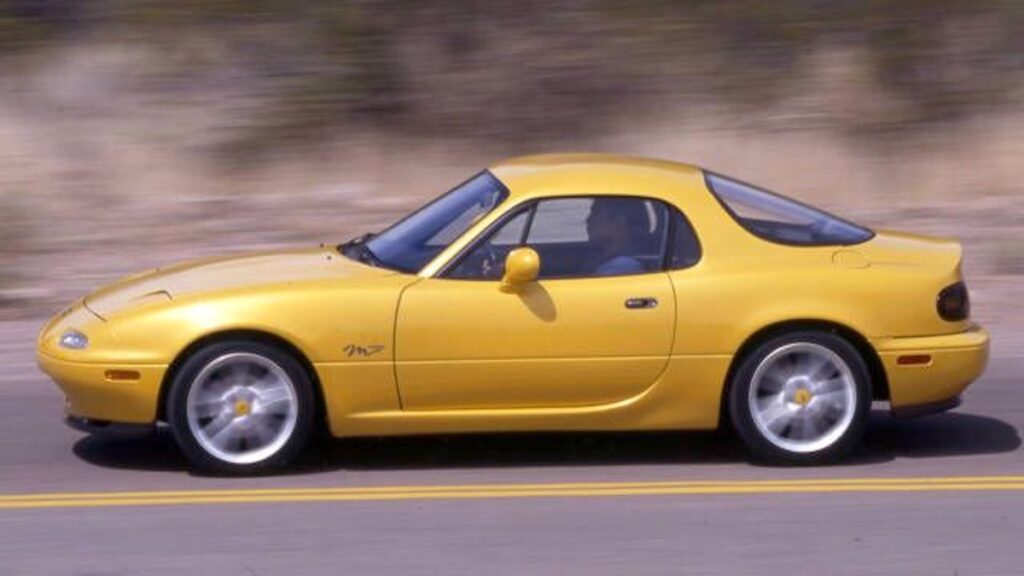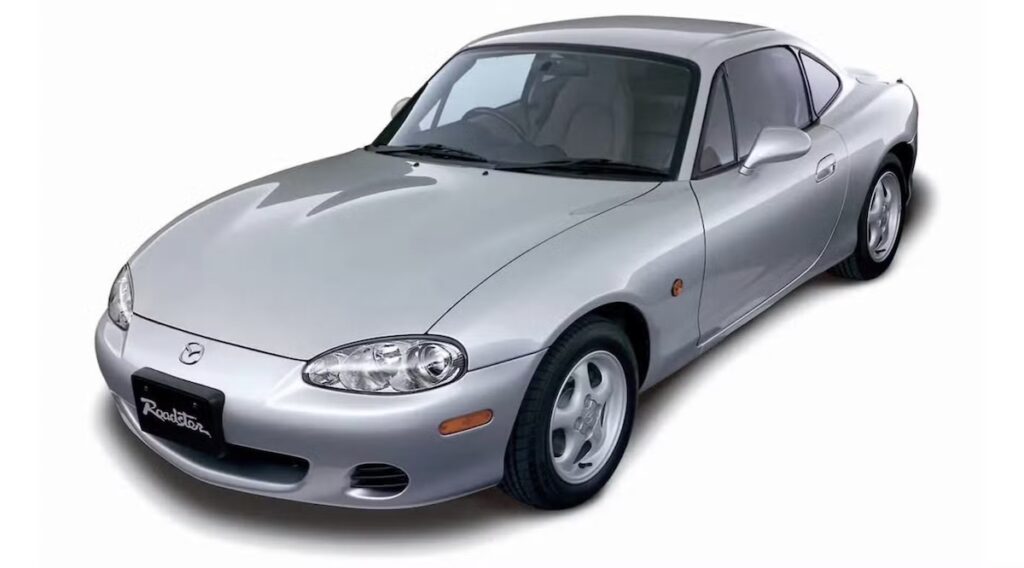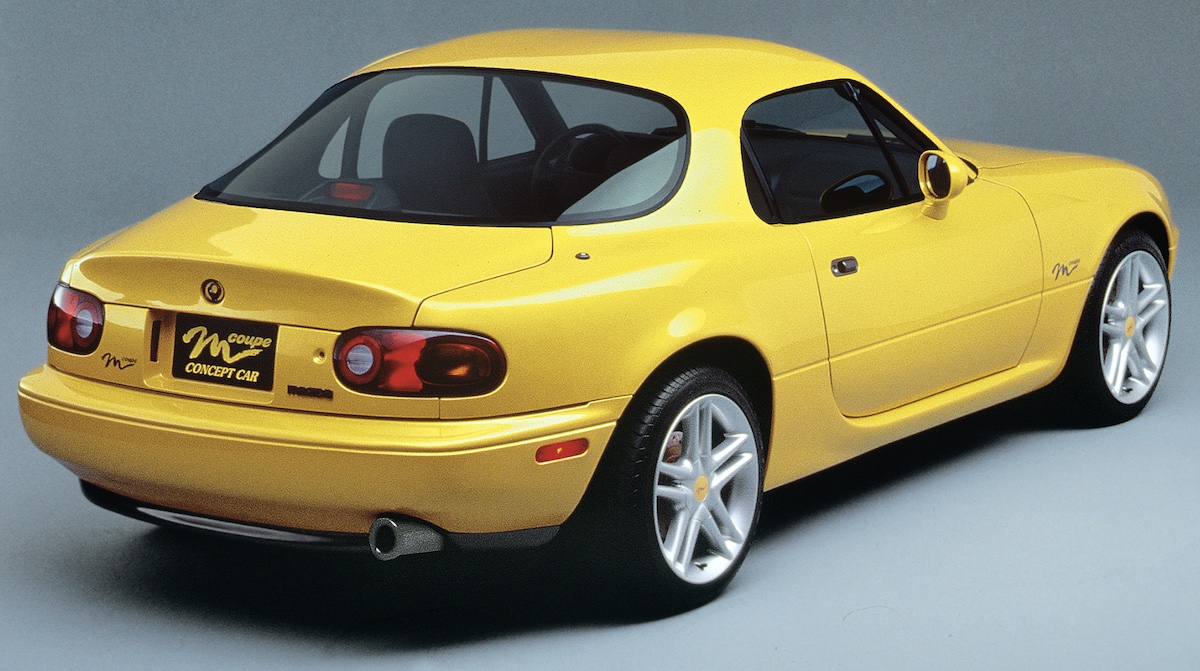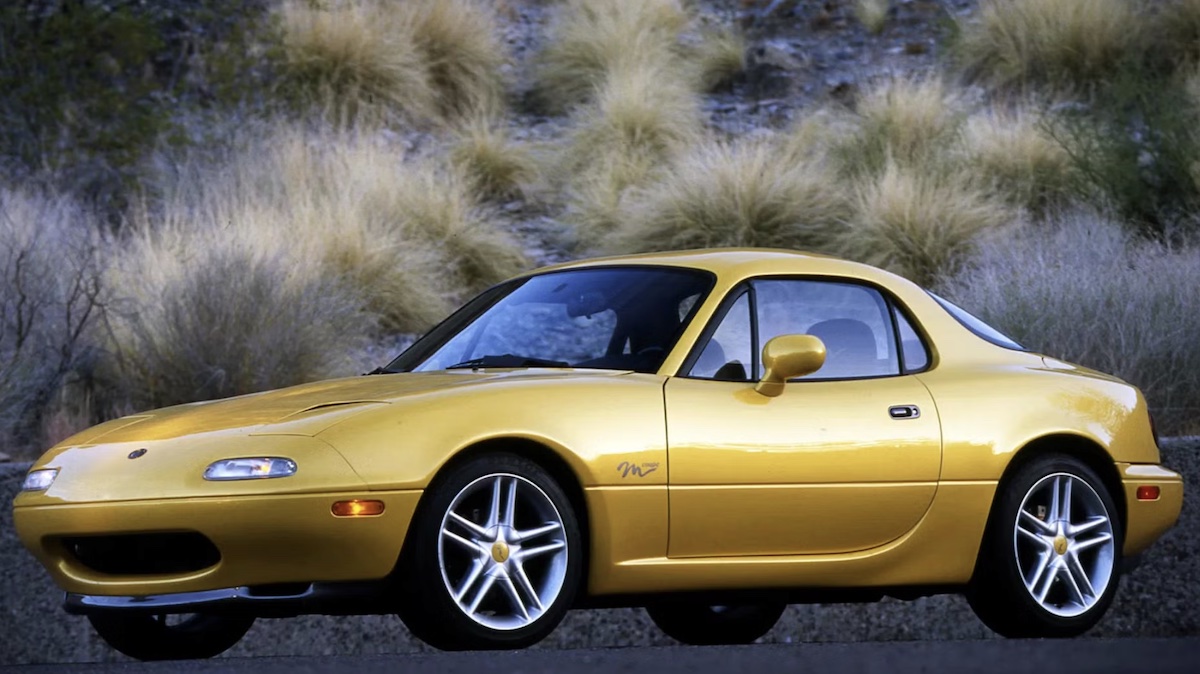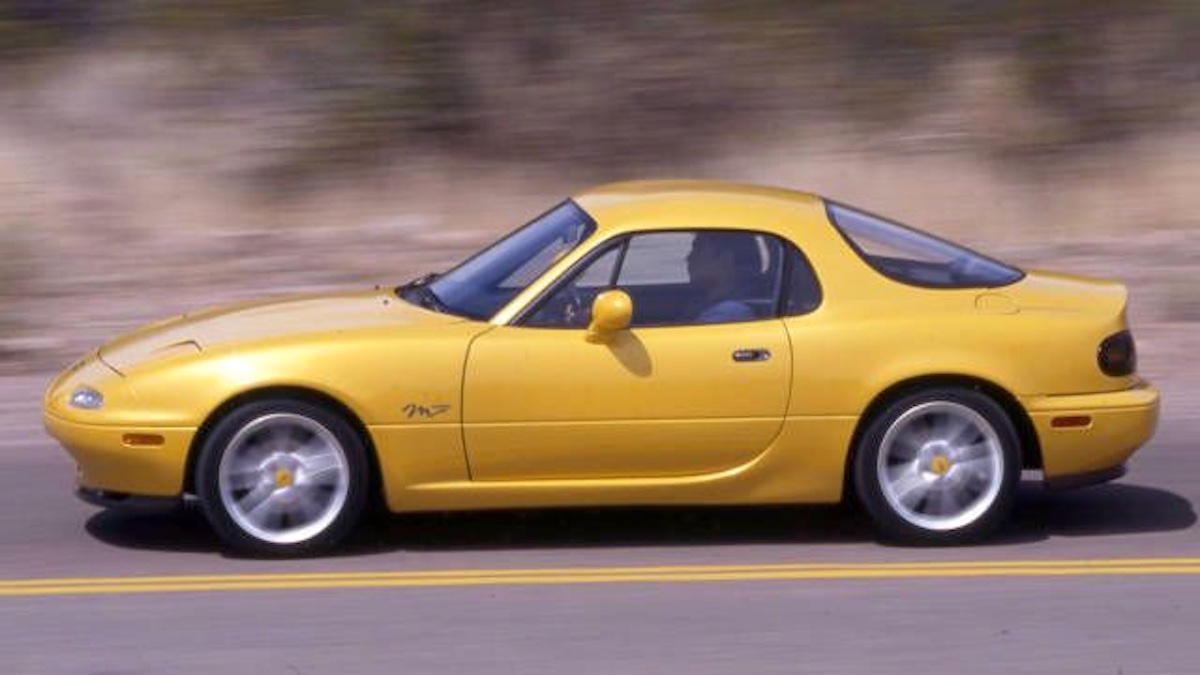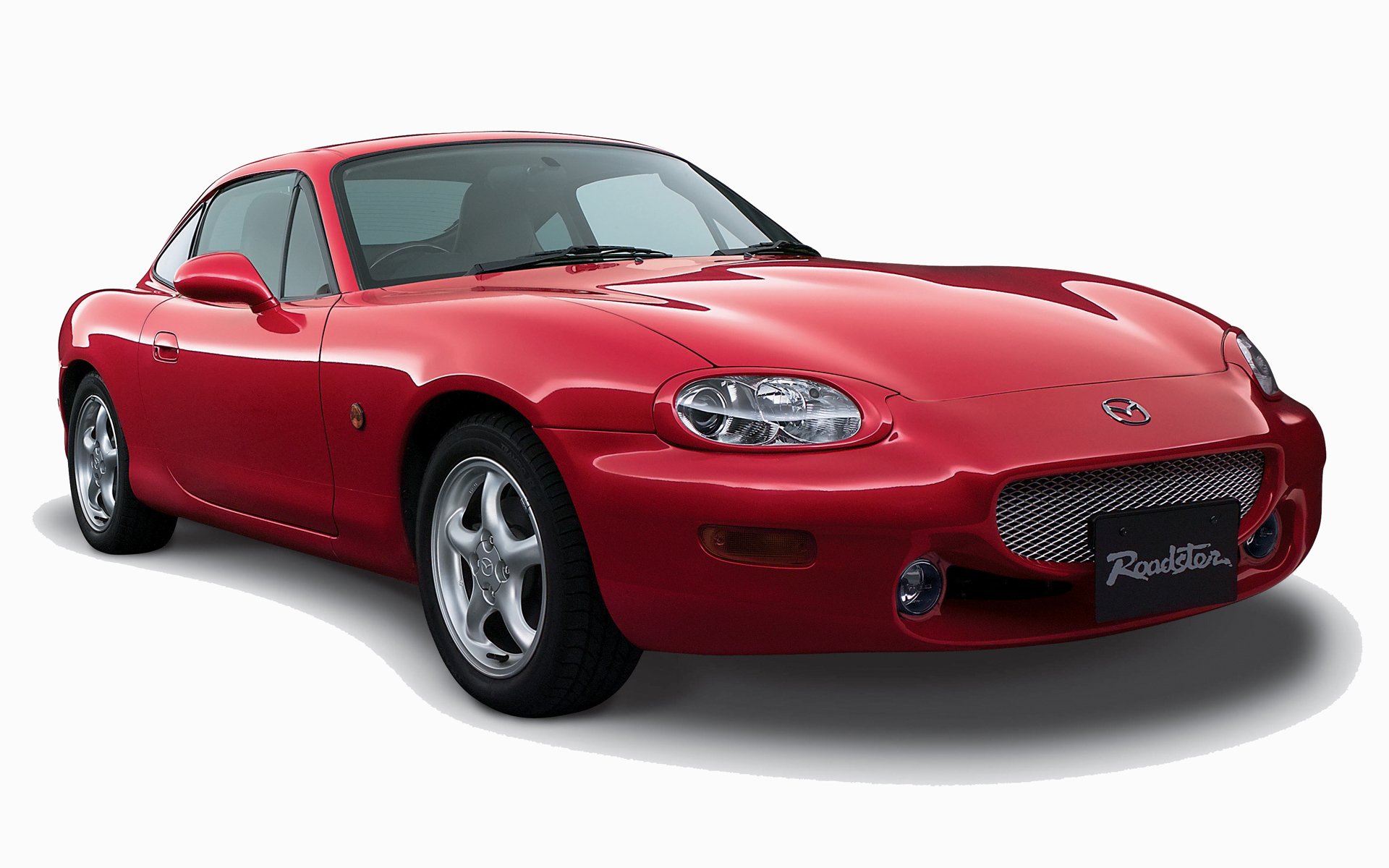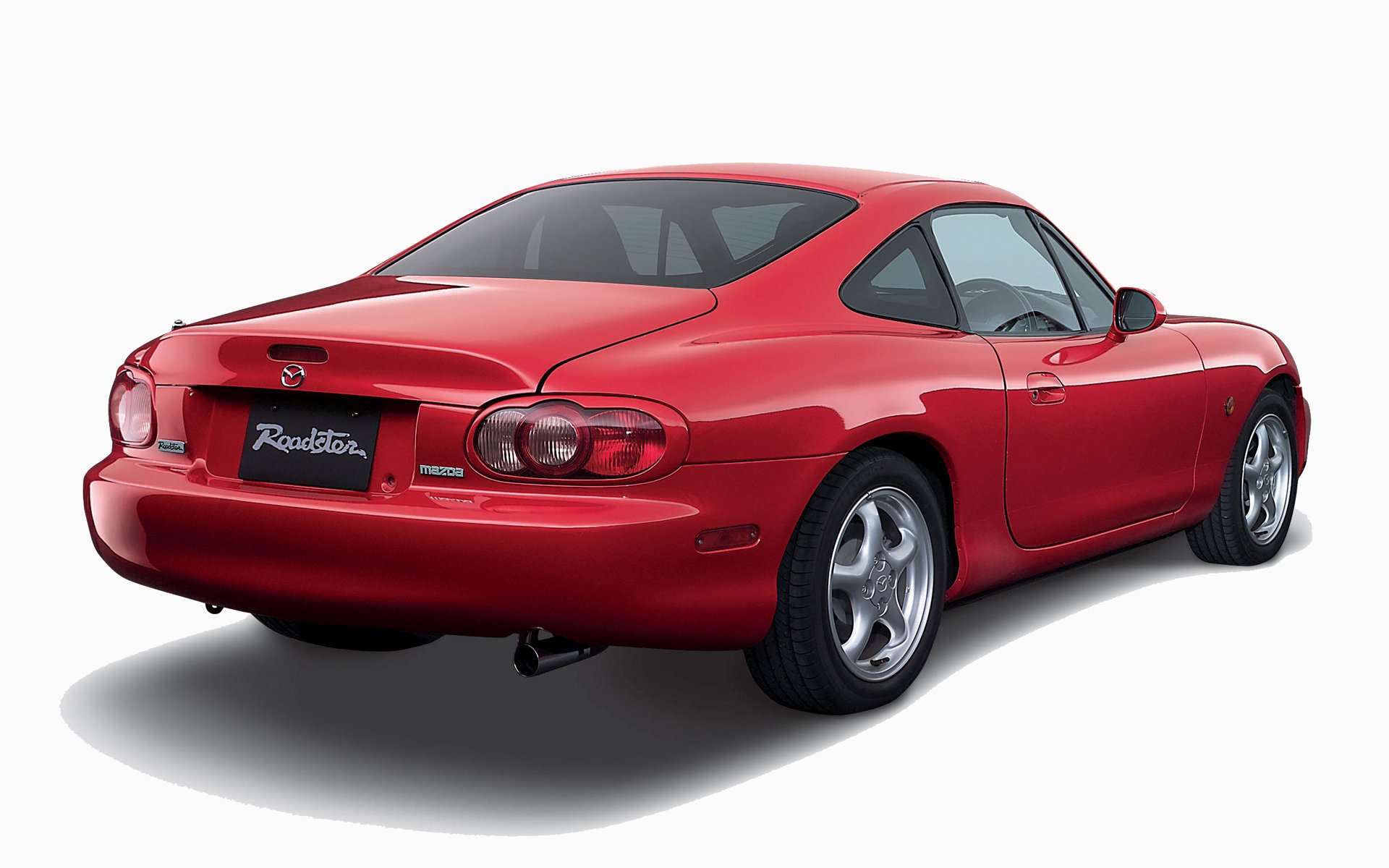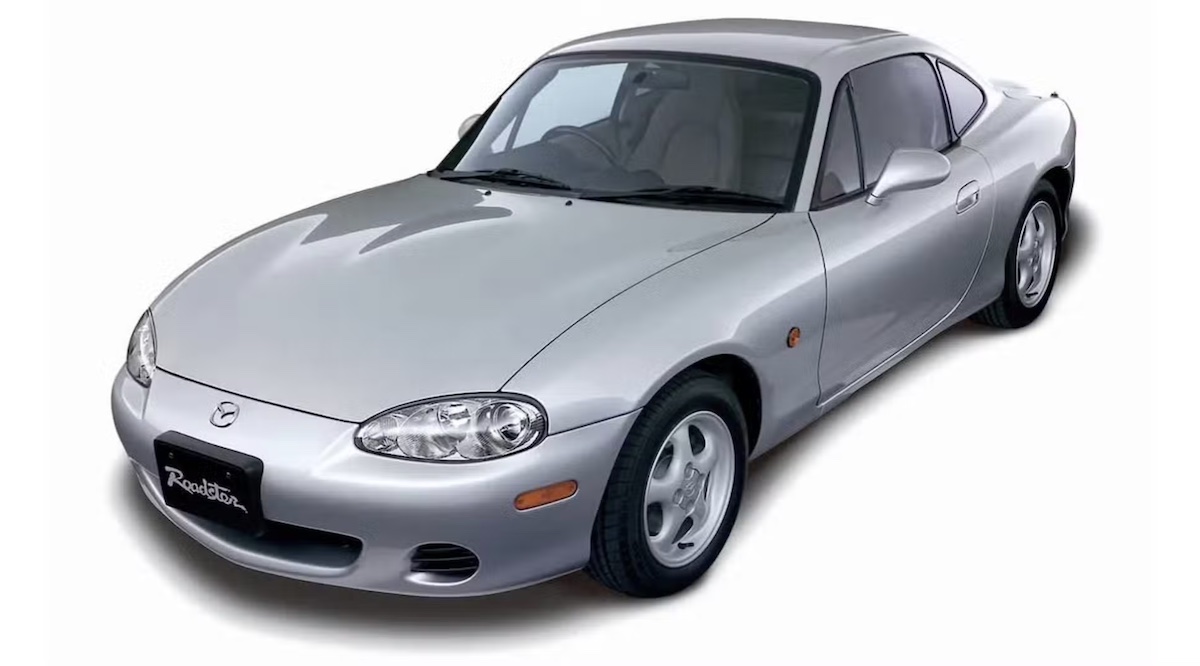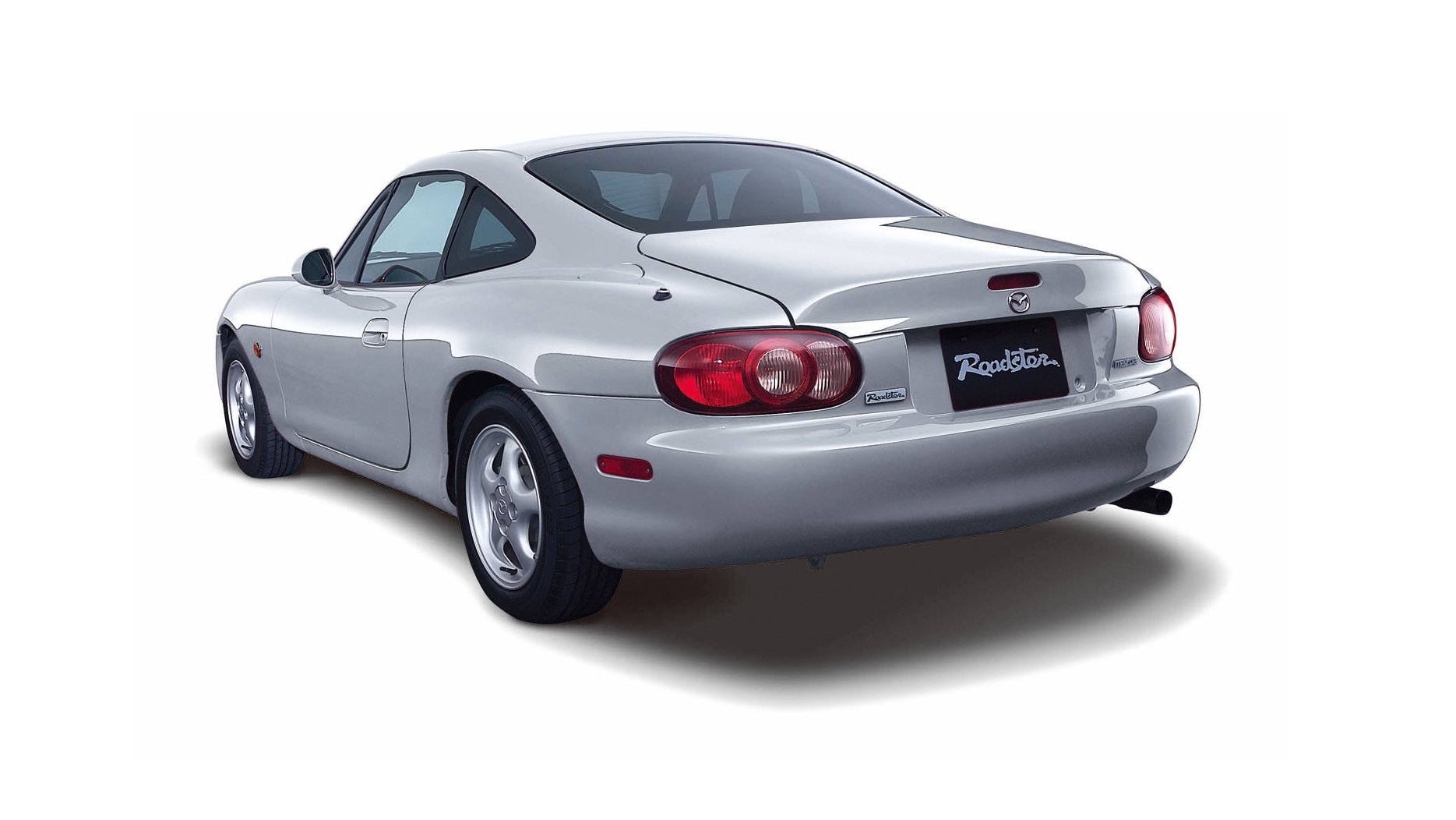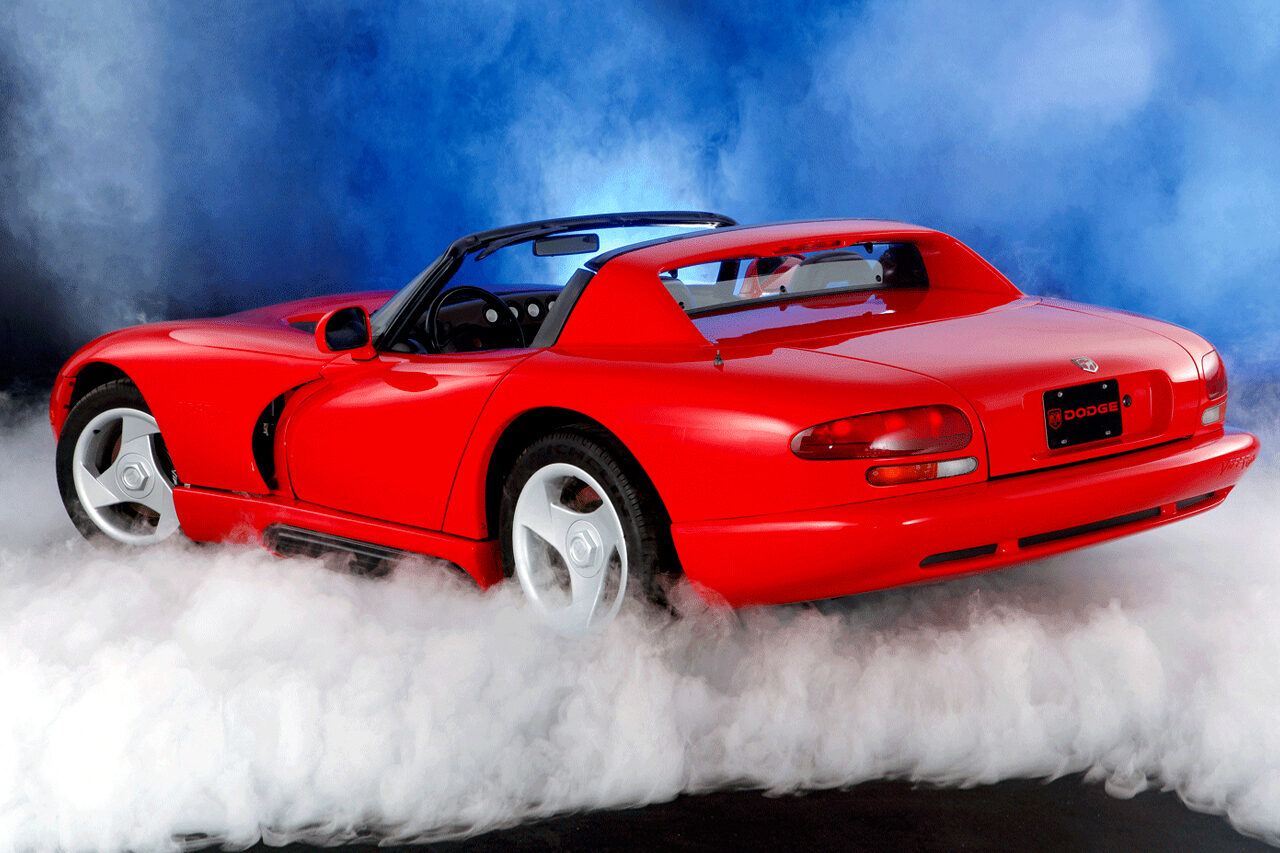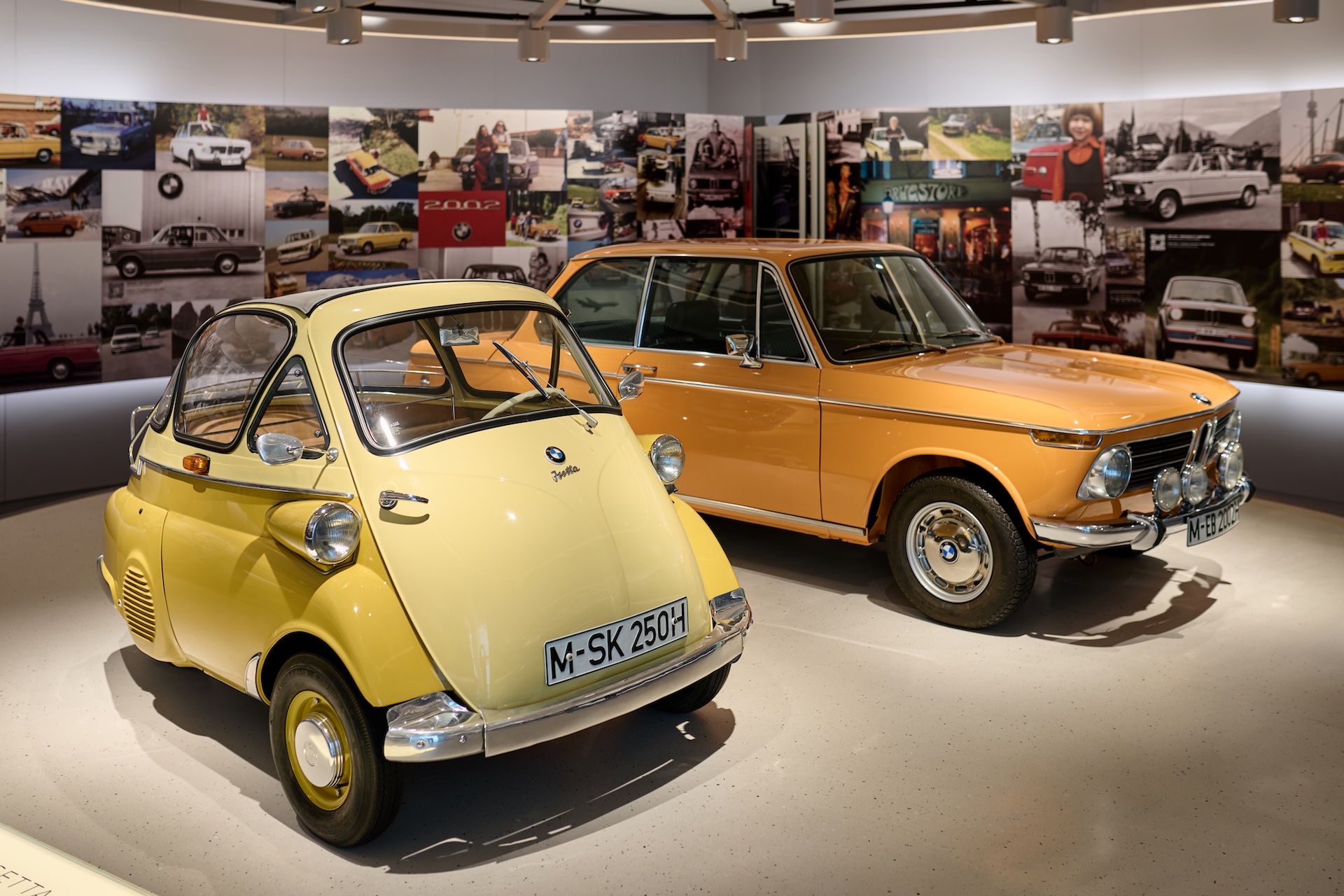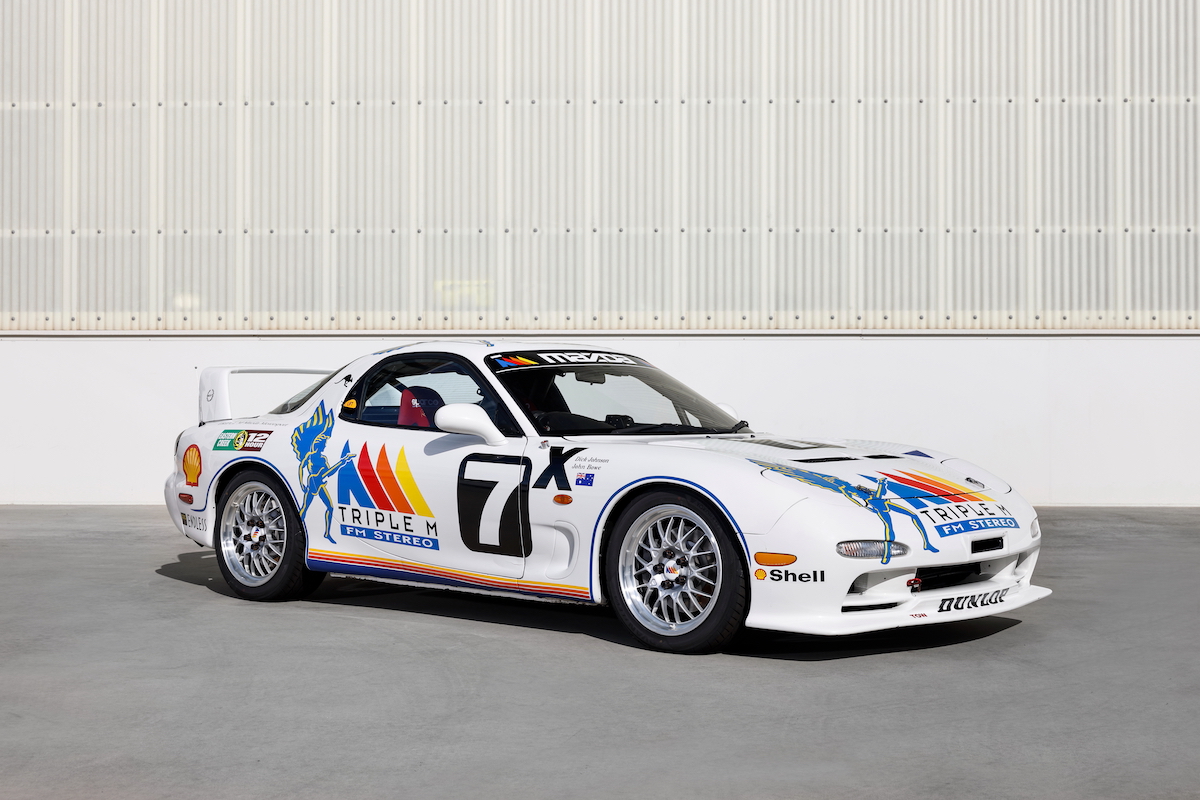Slide into a Mazda MX-5 and you don’t drive it so much as you wear it. The seat hugs you tightly, the gearbox clicks into gear like a rifle bolt, and suddenly every corner feels like your personal playground.
The MX-5 has never been a car about horsepower, as there isn’t much of that on offer. Rather, it’s about lightness, balance, and a cheeky sense of fun.
That’s why, 35 years on, the MX-5 hasn’t just survived but it has thrived. It has become the most successful roadster in history, adored by purists, tinkerers, and the bloke down the road who just wants something fun to drive on a Sunday.
The MX-5 exists because of Tom Matano. In the late 1980s, when the affordable sports car was dead and buried, Matano insisted on reviving it. His vision was for something as joyous as the old British roadsters, but with Japanese reliability and modern engineering.
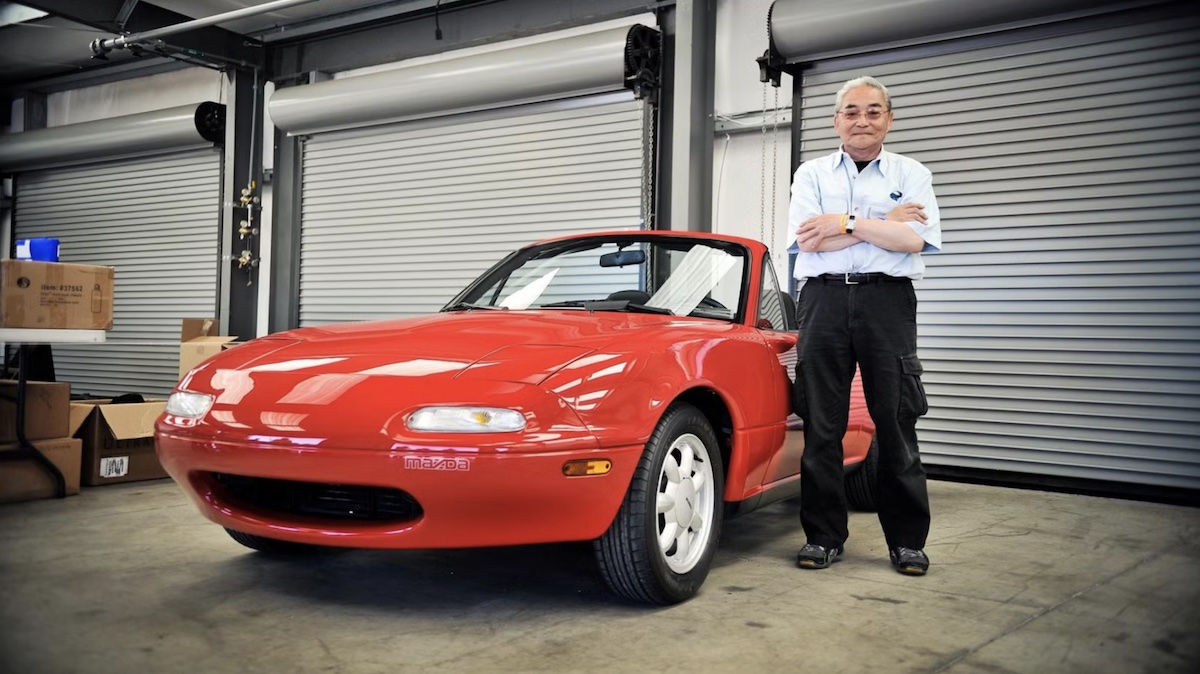
The result was the NA MX-5, which featured distinctive pop-up headlights, a 1.6-litre four-pot engine that begged to be thrashed, and a chassis so sweet it made drivers laugh out loud. Matano, who sadly passed on September 20, 2025, didn’t just design a car – he built a movement.
Ask any MX-5 owner under 30 why they bought one, and they’ll often reveal that track days are the answer. For years now, cheap examples have been stripped, caged, modified, and thrashed around Wakefield Park or any track across Australia.
Why? Because an MX-5 teaches you. It talks to you through the steering, forgives your clumsy feet, and rewards your bravery. And if you stick it in a barrier, parts are cheap. It’s the perfect classroom for driving and the perfect reminder that fun doesn’t require a 500kW entry fee.
The MX-5 is no stranger to silverware in Australia, having claimed Wheels Car of the Year honours three times. The original NA took the crown as soon as the MX-5 first arrived on the scene in 1989, while the somewhat overlooked NC proved a modernised version of the formula still worked in 2005.
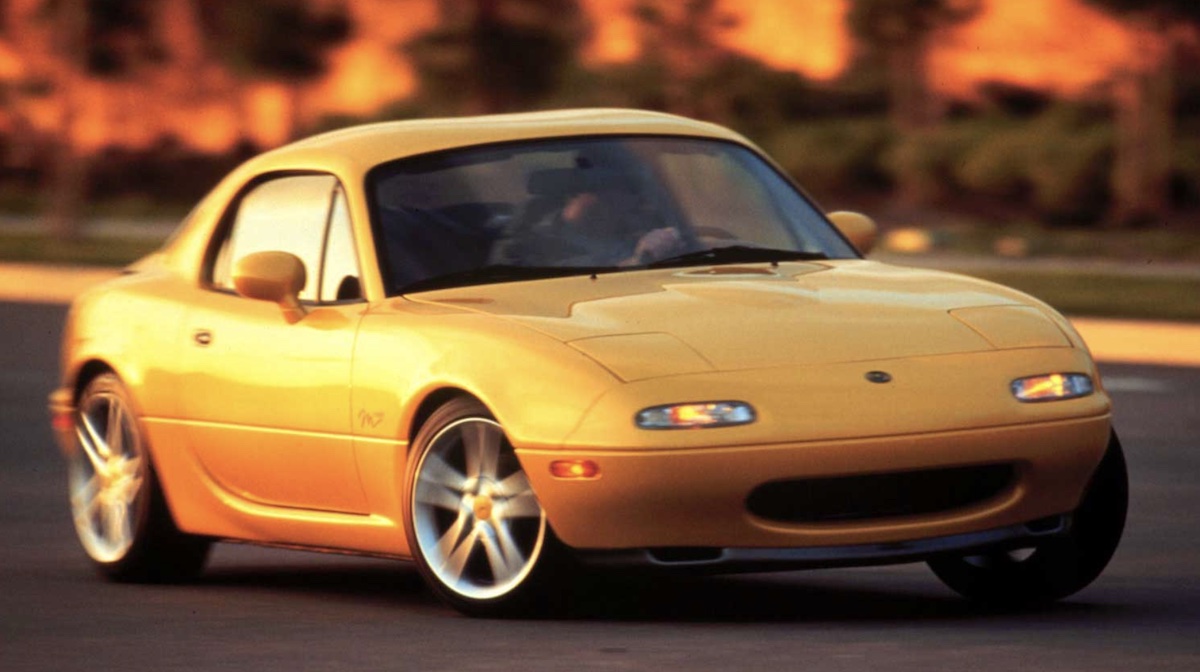
The current ND generation saw a return to the original car’s lightweight ethos after the NC had grown in size and weight, and it restored the name to the top of the sports car tree in 2016. As a side note, American journalist and product planner Bob Hall, another key figure in MX-5 folklore as a founding member of the NA MX-5 development team, later came down under to write for Wheels himself.
But lurking in the MX-5’s back catalogue is a ghost: the ‘M-Coupé’ concept car spearheaded by Matano, and its eventual production version, the somewhat redundantly named ‘Roadster Coupé’. This wasn’t like the RF version of the current ND with its powered targa top, nor the NC’s retractable hardtop, but a true fixed-roof NB coupé.
Released in 2003, Mazda quietly built just 179 of them exclusively for the Japanese market. They looked taut, elegant, almost Italian, as if someone had taken the MX-5’s cheeky grin and given it a tailored suit.
Underneath, it was the same playful roadster, but the roof changed everything: a stiffer chassis, cleaner lines, and more grown-up feel – if with an added 10kg weight penalty.
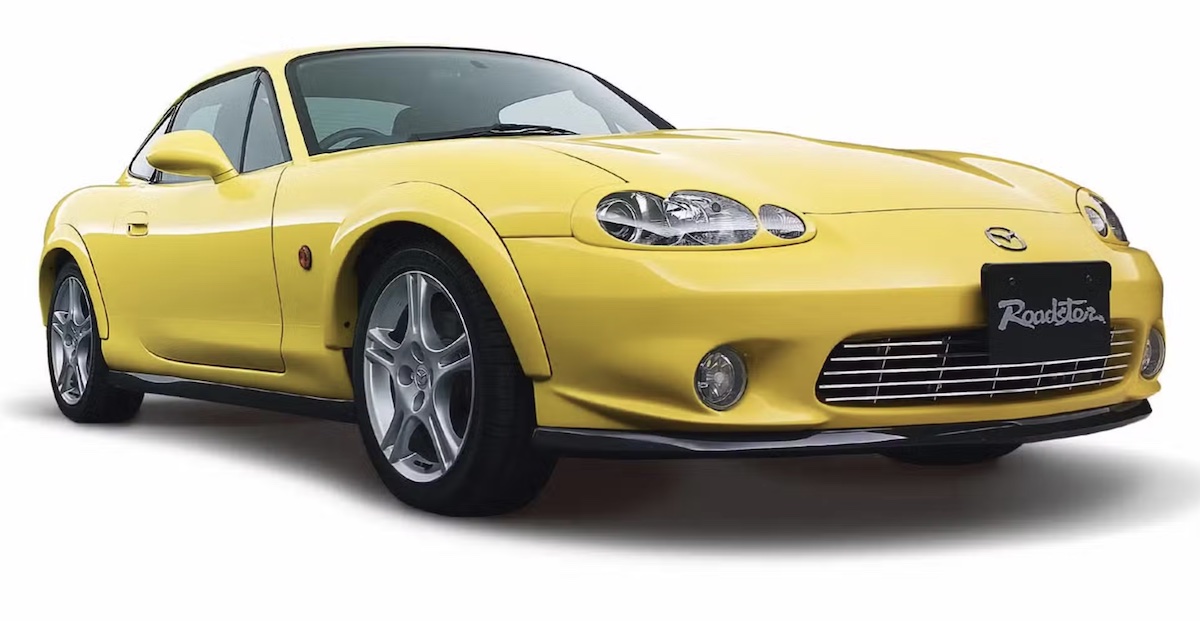
And then… nothing. Mazda had quietly killed it before the rest of the world even knew it existed. Executives feared it would dilute the MX-5’s identity – after all, wasn’t the wind in your hair and the sun on your face the whole point of the car?
Today, the Roadster Coupé is a unicorn. Rare, expensive, and whispered about in enthusiast forums, it serves as proof that even in a company built on purity, someone dared to dream different.
Between earning Wheels’ prestigious top honour three times, delivering tens of thousands of track-day smiles to enthusiastic punters, and producing a handful of rare Coupé versions entrenched in the annals of collector car lore, Tom Matano’s brilliant ideas proved joy could truly be designed into sheet metal.
Humble yet legendary, cheap yet priceless, and common yet rare, in a way the Mazda MX-5’s story is one of contradictions. But its spirit is simple: driving matters. In a world of hybrids and SUVs, that reminder is more valuable than ever.


